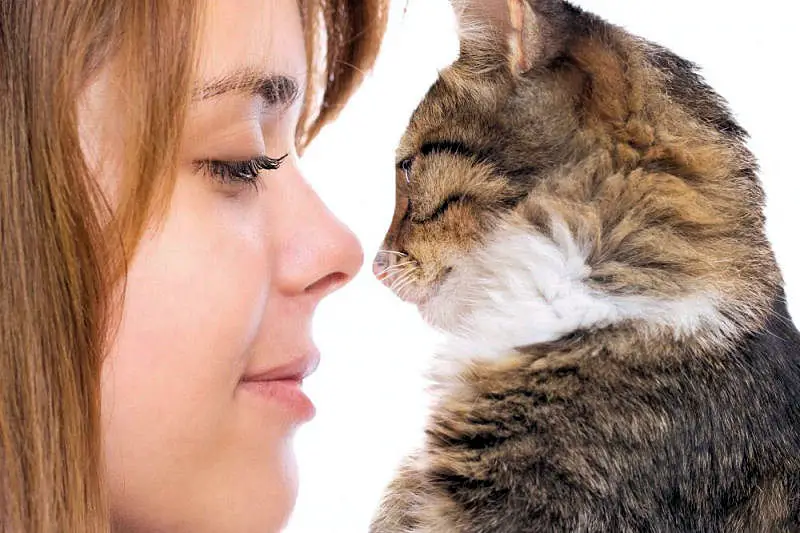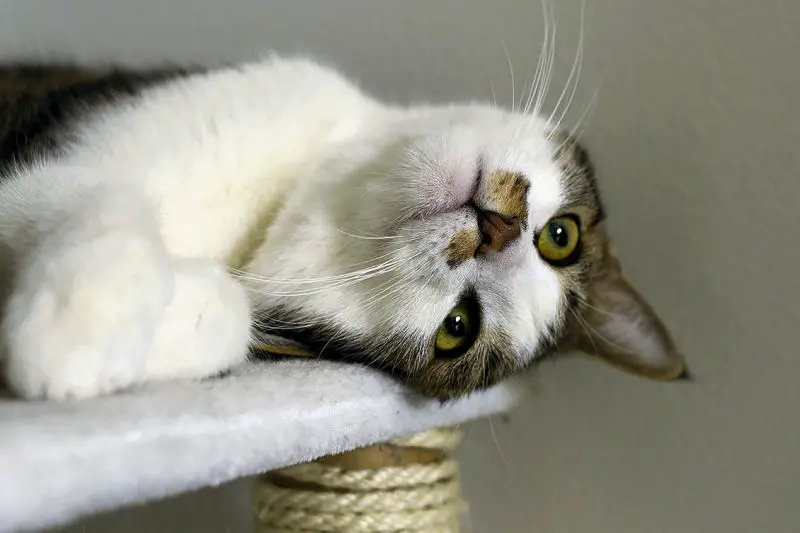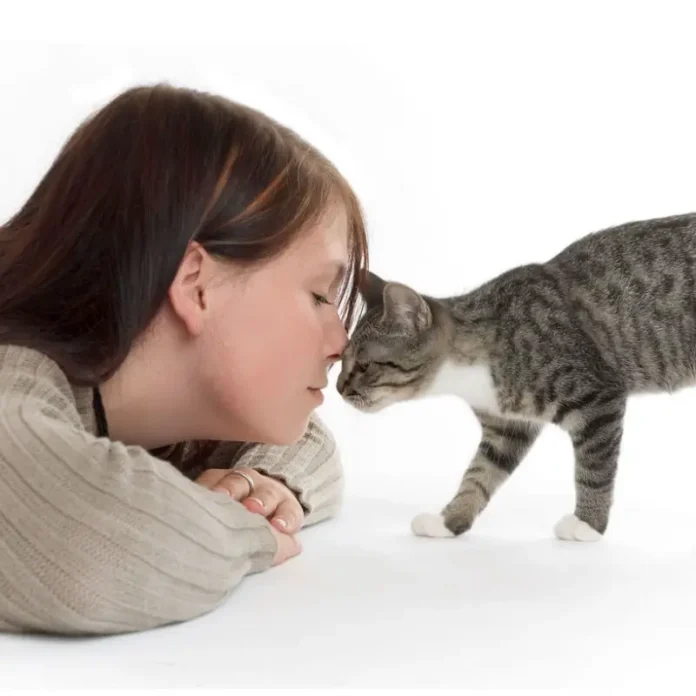Understanding Cat Communication: Decoding Feline Body Language and Vocalizations
Cats are complex creatures that utilize a variety of methods to communicate their feelings and moods. Unlike dogs, whose emotions are often signified by a wagging tail, a cat’s tail movements can convey a range of different meanings. Every behavior exhibited by a cat serves as a form of communication between them and their human companions.
The Importance of Understanding Feline Communication
This article aims to provide valuable insights into how cats communicate, allowing owners to better interpret their pets’ actions and respond effectively to their needs. Recognizing the various vocal sounds, cat body language, and unique behaviors can help cat owners understand their feline friends on a deeper level.

Key Aspects of Cat Communication
- Vocalizations: Cats employ different sounds, such as meows, purrs, and growls, to express their emotions.
- Body Language: The positioning of a cat’s ears, tail, and whiskers can indicate feelings ranging from happiness to aggression.
- Behavioral Cues: Observing a cat’s habits, such as scratching or kneading, can provide insights into their comfort levels and needs.

Getting Started: The Purr
One of the most recognized sounds a cat makes is the purr. While often associated with contentment, purring can also occur in other contexts, such as during moments of distress or pain. Understanding when and why your cat purrs can be crucial in responding to their needs.
![]()
By acknowledging the intricate ways in which our feline companions communicate, we can not only enhance our bond with them but also ensure their happiness and well-being. Stay tuned for a deeper dive into the various sounds and behaviors that define cat communication.












